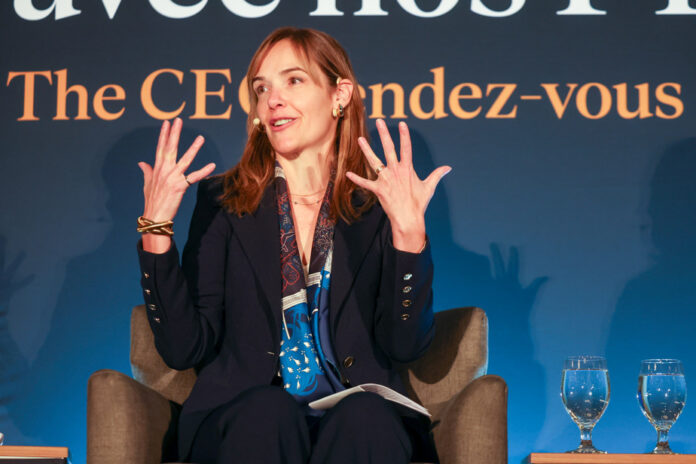The integration of ESG (environment, society, governance) principles and objectives in the development and management of large projects and large-scale buildings is now synonymous with “value creation”.
“Developers and managers of large projects can no longer think and manage solely based on ‘return on investment’. Now they must assess the total impact over decades to come. And to do this, we must involve all stakeholders from the first stages of project design,” according to Marie-Claude Dumas, President and CEO of the Canadian activities of the consulting engineering firm WSP.
At the head of activities bringing together 12,500 people in Canada – out of 70,000 worldwide at WSP – Ms. Dumas participated Monday in a panel on “Large projects in the ESG era” organized by the Canadian Club of Montreal .
“Even still incomplete, the integration of ESG-type principles is creating so much value in the management of our company and our numerous projects that we could no longer go back,” underlined Marie-Claude Houle, president. and CEO of the company EBC, which employs 1,500 people on infrastructure and institutional building sites in Quebec and Canada.
“In terms of the environment, for example, we consider at EBC that carbon neutrality and sustainability objectives must be integrated into the first stages of design of a large infrastructure or building project. »
In the large buildings sector, Annie Houle, head of Canadian activities at Ivanhoé Cambridge, the real estate arm of the Caisse de dépôt et placement du Québec, explained that the integration of ESG principles was firstly carried out in terms of maintenance and development of buildings.
“It’s all well and good to want to “build green”. But the fact remains that one of the best ways to reduce the environmental impact of real estate is to first properly maintain and improve existing buildings,” indicated Ms. Houle.
At Ivanhoé Cambridge, the concern to “do better” in terms of environmental impact is manifested in particular through efficiency and energy conservation efforts.
But also, explained Annie Houle, we are increasingly attentive to the possibilities of adjusting the use of existing buildings according to societal changes in their neighborhood.
She cited the example of renovating underutilized parking lots in some shopping centers.
Annie Houle also mentioned the integration of works of art inside and outside of buildings during renovation and modernization projects as a way of enhancing the social footprint of these buildings in their environment. surrounding.















